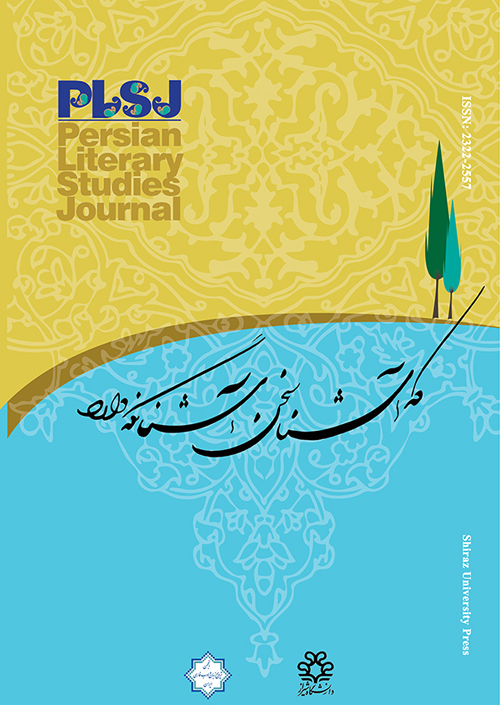Rapithwin, the Demon of winter and Baba Barfi An Archetypal Battle of Survival and Transformation In Iranian Children’s Literature of the Twentieth Century
Author(s):
Article Type:
Research/Original Article (بدون رتبه معتبر)
Abstract:
Mythological and folkloric heritages of nations have often been credited with exclusively distinct identities within the realms of literary criticism. Arguing that in a nation like Iran, the firmly visible borders that have conventionally defined mythology in disparity from folklore have been disturbed, this paper considers these two entities as intertwined and their accentuated differentiating thresholds as elapsed. This synergy can be proven as most visibly traceable in the country's literary creations produced for children in the mid and late twentieth century. The presence of this blend, at the core of this study, will be examined in one fading mythological meta-narrative which is demonstrated to be preserved in the cocoon of a common Iranian folktale. The archetypal cycle of death and rebirth, enacted through the characters of Rapithwin (the Zoroastrian god of the ideal season) and its opponent, the Demon of Winter, provides an accessible example in tracing these mythic figures within the Iranian New Year’s ritualistic folktale. The following thematic and semiotic analysis, thus, exemplifies how these characters survive within a folkloric context and the process through which they transform into newer and more creative versions in the twentieth century’s productions for children. This is clarified on a continuum with the folktale of Uncle Norouz (New Year) in Farideh Farjam, M. Azad and Farshid Mesghali’s (1972) picture book, used as the pre-text, at one end and Jabbar Baghcheban and Allan Bayash’s (1973) picture book Baba Barfi (Snow Papa) as the most creative version on the other. In order to reveal a transformative trend, two other retellings in the same context are also analysed in the middle of the continuum. The paper finally concludes that the articulated transformation in one narrative continuum can potentially represent one of the first evolutionary trends in Iranian Children’s Literature of the twentieth century.
Keywords:
Language:
English
Published:
Persian Literary Studies Journal, Volume:6 Issue: 10, Summer-Autumn 2017
Pages:
33 to 59
magiran.com/p1978664
دانلود و مطالعه متن این مقاله با یکی از روشهای زیر امکان پذیر است:
اشتراک شخصی
با عضویت و پرداخت آنلاین حق اشتراک یکساله به مبلغ 1,390,000ريال میتوانید 70 عنوان مطلب دانلود کنید!
اشتراک سازمانی
به کتابخانه دانشگاه یا محل کار خود پیشنهاد کنید تا اشتراک سازمانی این پایگاه را برای دسترسی نامحدود همه کاربران به متن مطالب تهیه نمایند!
توجه!
- حق عضویت دریافتی صرف حمایت از نشریات عضو و نگهداری، تکمیل و توسعه مگیران میشود.
- پرداخت حق اشتراک و دانلود مقالات اجازه بازنشر آن در سایر رسانههای چاپی و دیجیتال را به کاربر نمیدهد.
دسترسی سراسری کاربران دانشگاه پیام نور!
اعضای هیئت علمی و دانشجویان دانشگاه پیام نور در سراسر کشور، در صورت ثبت نام با ایمیل دانشگاهی، تا پایان فروردین ماه 1403 به مقالات سایت دسترسی خواهند داشت!
In order to view content subscription is required
Personal subscription
Subscribe magiran.com for 70 € euros via PayPal and download 70 articles during a year.
Organization subscription
Please contact us to subscribe your university or library for unlimited access!


